Roma
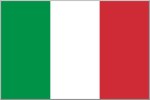
Seat of the Roman Empire, command centre of the ancient civilised world, replete with history at every turn, but not built in a day

Mamma mia! Italia! Bellisima! (And other such over-the-top Italianisms…) Rome and Italy have so much to offer I am surprised it took me so long to get there, my first trip being in 2005 as it was, and barely scratching the surface. The seat of the Roman Empire, which ruled the Mediterranean for over five hundred years, Rome today remains one of the cultural and touristic centres of Europe. The city is like a giant open-air museum, everywhere you walk you are confronted by architectural masterpieces at every turn, sculptures and artworks abound, along with crazy scooter drivers.
I first went to Rome for a weekend break after the stress of university exams in January 2005, and stayed in a small hotel between Termini and the Trevi Fountain. The weather wasn’t warm but it was calm and settled, and crucially, the queues were short. I returned again in 2013. The aspect of Italy which has influenced me the most is certainly Italian food, which I continue to consume in prodigious quantities. However we learned quickly to stay away from eateries within sight of famous attractions, after forking out six euros for a Diet Coke at one such establishment.
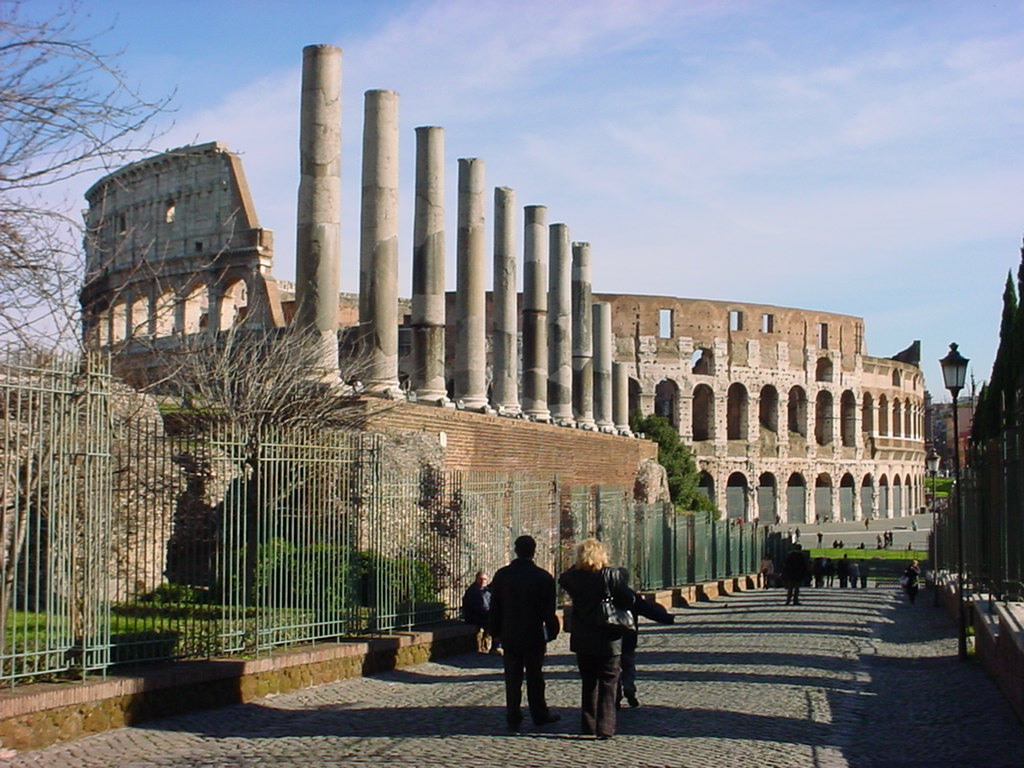
The Colosseum as viewed from the ruins of the forum. The greatest amphitheatre built by the ancient Romans, the Colosseum used to reach the same height all the way round but repeated earthquakes and general neglect has resulted in large parts of it collapsing. There are other largely complete Roman amphitheatres in Libya and Tunisia.
As the sun got lower there was a some more pleasant light on the ancient walls. The diagonal brick buttresses were built by Napoleon in an effort to stop more of it from falling down, which has so far been successful.

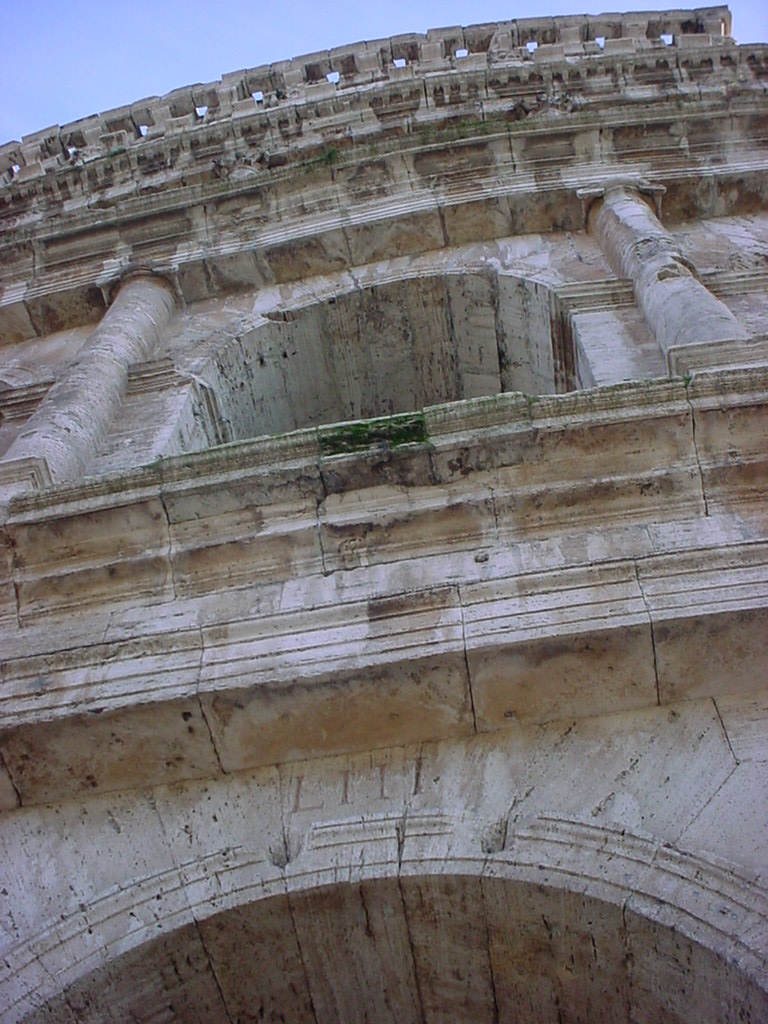
At the top of the lowest arch in this photo you can still see the Roman number LIII (fifty three) labelling the entry gate. Although the games were usually free to attend, you still had to enter through your same designated gate each time.
Inside the outer corridor on the way to our seats, or what was left of them. Even the lead used to fasten the stone blocks together has been pilfered over the years, leaving pock marks all over the structure.


The interior of the Colosseum no longer has its floor or any original seats, having all been pinched by Michelangelo for use in the construction of St Peter’s Basilica. The floor of the stadium was wood covered in sand, and could be removed to allow the amphitheatre to be filled with water to re-enact naval battles. According to our tour guide, it’s estimated that up to two million people met their maker within these walls.
The seating has been restored in one area, by none other than Mussolini, that helpful chap, in a possible effort to outdo Napoleon’s renovations. It remains, however, a bit of a token effort.

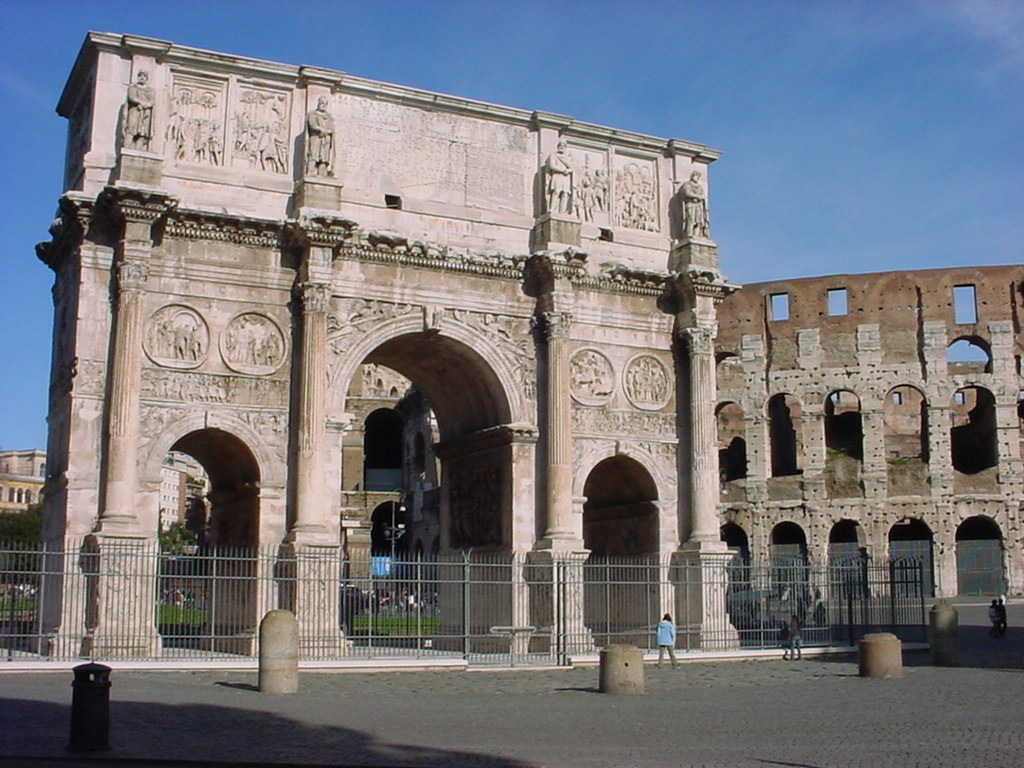
The Arch of Constantine is an excellent example of a Roman Triumphal Arch, through which the returning Emperor would victoriously ride, returning from conquest. Constantine’s was built in 315 AD, after he had spent his time in York. The idea has been seized upon by many leaders since, and triumphal arches can be found in Paris, Vientiane and Pyongyang, amongst others.
Castel Sant’Angelo sits on the Vatican side of the River Tiber, and was built shortly after the Colosseum, to act as Hadrian’s tomb. There is a story that it is linked by a secret passage to the Vatican itself.

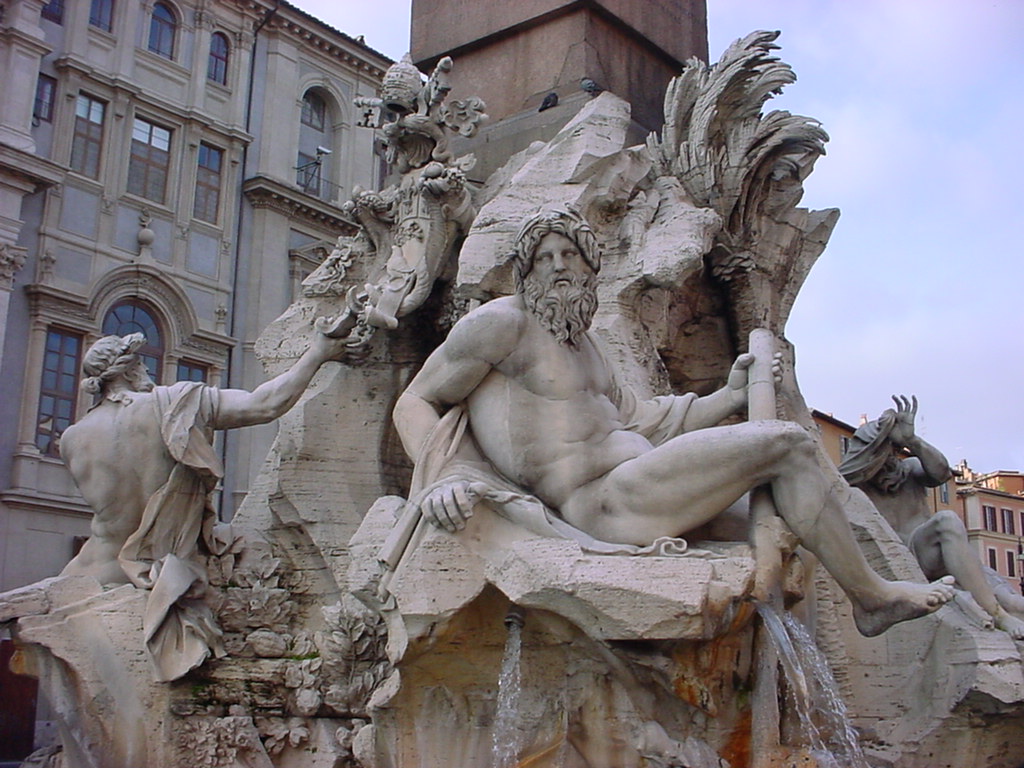
In Piazza Navona Bernini’s 17th century Fountain of Four Rivers stands in the middle of the square, crowned with an Ancient Egyptian obelisk. The figure on the right is shielding his eyes from gazing upon Bernini’s pupil Boromini’s building, as their relationship had gone from bad to worse.
There’s nothing particularly special about this photo, it is a street somewhere near the Spanish Steps which I thought was very nice with the red carpets.
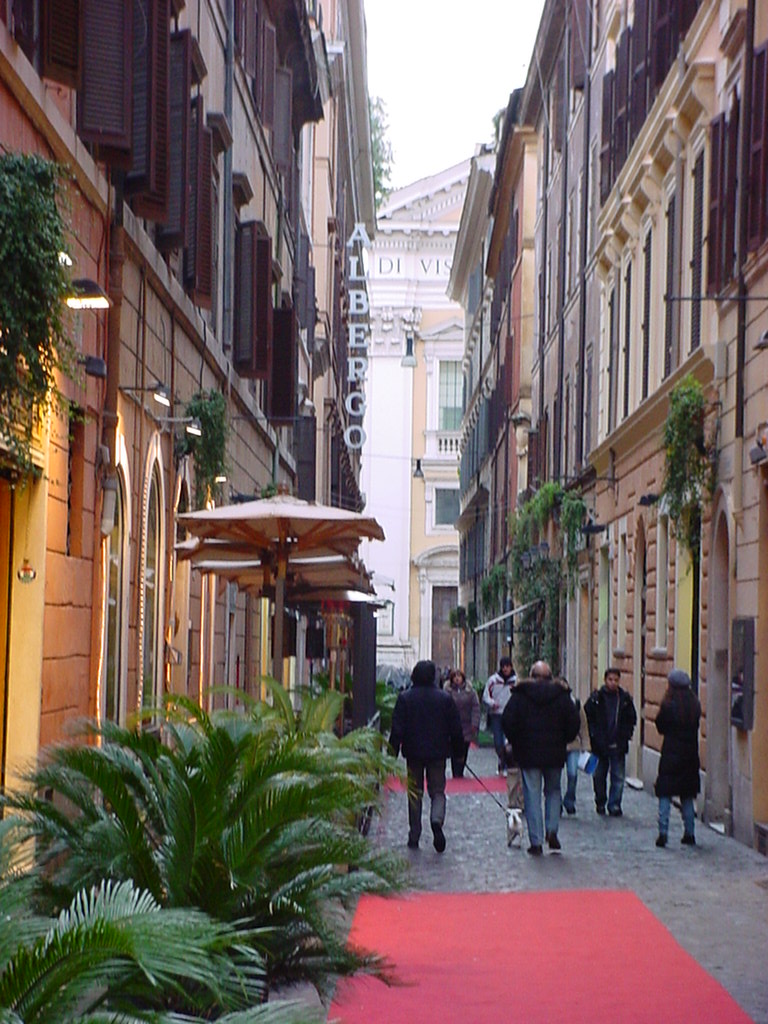

A nice arty gate photo, taken whilst walking up the path in the forum area with the stations of the cross.
The Roman Forum ruins, looking back towards the Colosseum. The Forum was the centre of Roman government and the point about which Roman life revolved.

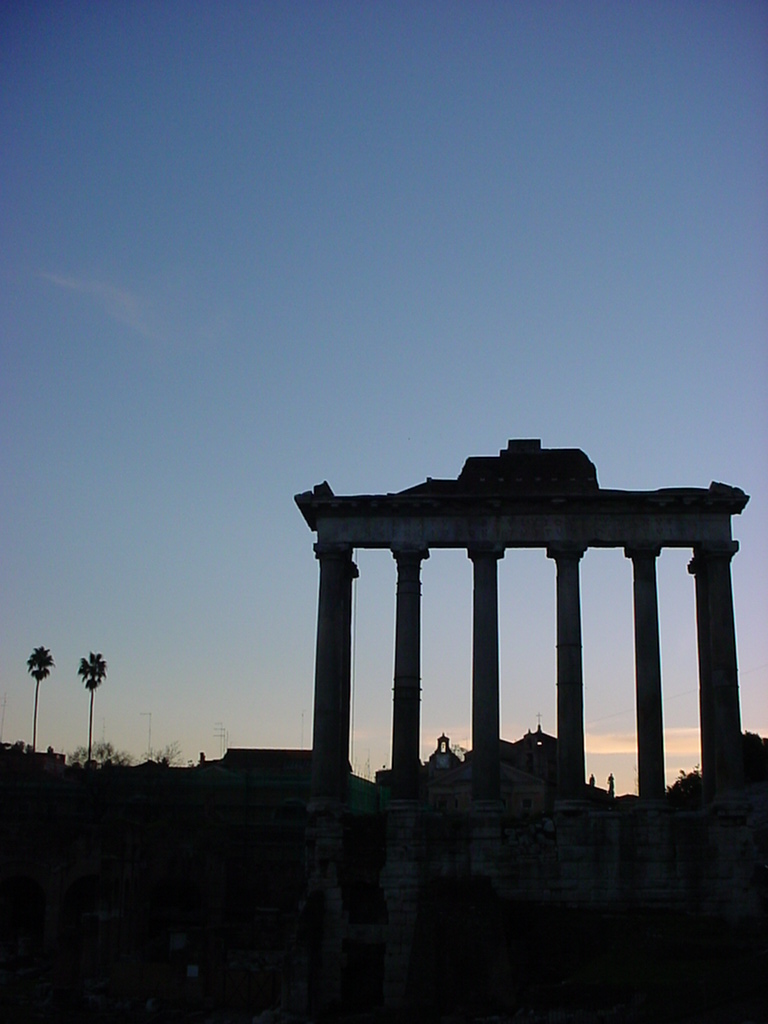
The Temple of Saturn still stands, at least in part, set nicely against the darkening sky.
Trajan’s Forum as seen from the Vittoriano, was cut into Capitoline Hill and contained markets in addition to the still-intact Trajan’s Column.


The Trevi Fountain, exquisitely carved into the side of a grand 18th century building in a small piazza. Legend has it that if you sit with your back to the fountain and throw a coin in over your shoulder then you are sure to return to Rome, the eternal city. The council dredges hundreds of thousands of Euros out of the fountain each year – an added bonus to all the repeat tourism they must be getting! Such is the popularity of the fountain, that they have even built a replica in Las Vegas.
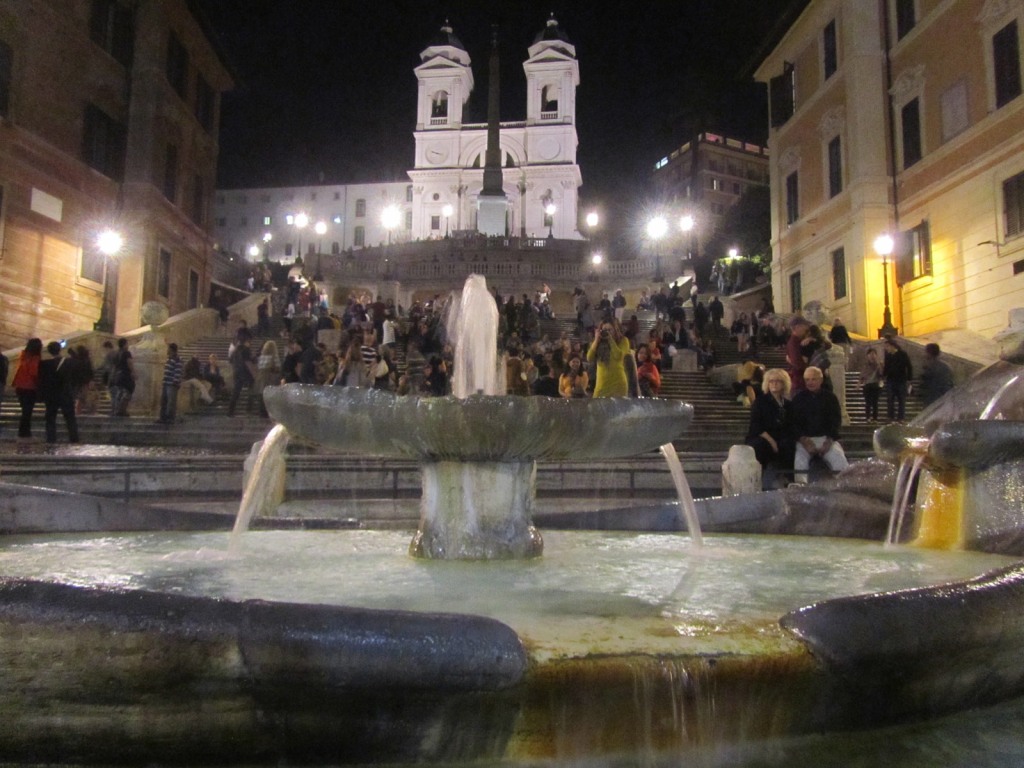
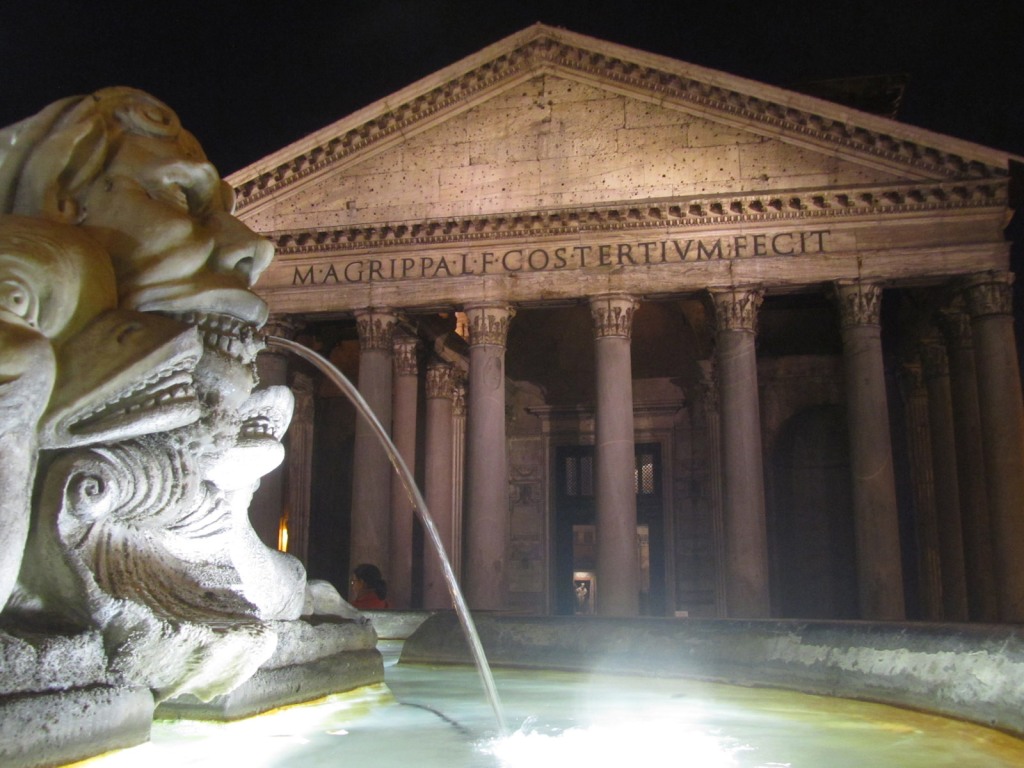
The Pantheon, my favourite building in Rome, which after nearly two thousand years still boasts the largest unreinforced solid concrete dome in the world, almost 50 metres across. Each of the columns at the front is a single chunk of Egyptian granite, the fact that they were carried all the way from Egypt is a testament to the power and wealth of the empire. The Pantheon probably wouldn’t have survived had it not been converted to a church. Inside is the tomb of Renaissance master Raphael.
The Pantheon dome is made of increasingly lighter pumice-aggregate concrete, for each ring closer to the oculus in the centre. The oculus provides natural light and ventilation, and also further reduces the weight of the dome.

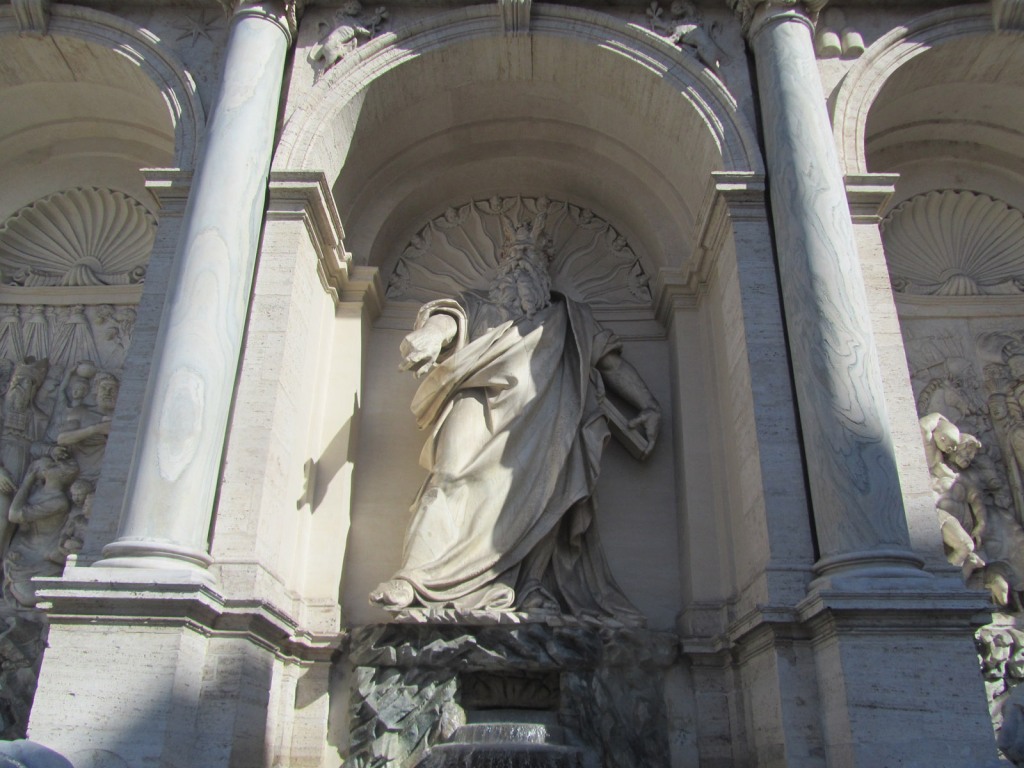
One of my particular favourite things about Rome is walking around a random corner and discovering something spectacular. This is the statue of Moses at the terminus of the Acqua Felice aqueduct, not far from Piazza Repubblica.
SPQR, the emblem of Rome now as it was two thousand years ago. It stands for Senatus Populusque Romanus, meaning “The Senate and People of Rome”. It appears on all things Roman and public far and wide, even the statues in Bath.

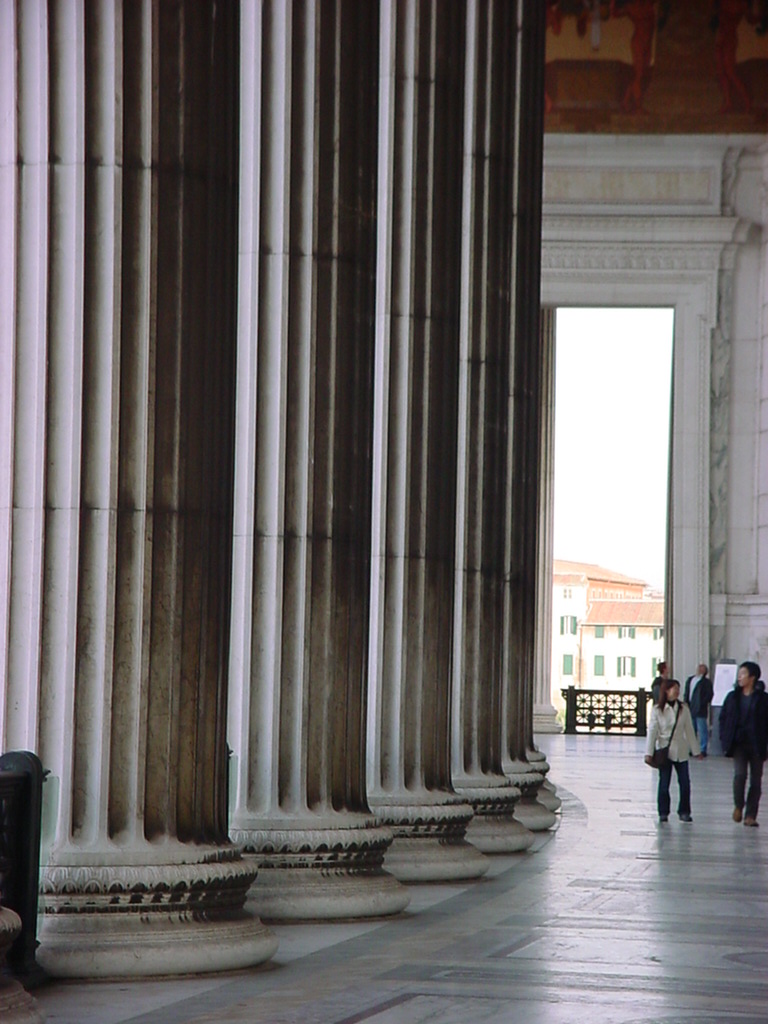
A more modern monument to Italy’s leaders, the supporting columns of the Vittoriano may be slightly pollution blackened but are nonetheless impressive. The views across the Forum and Rome in general are very good from up here, it’s well worth climbing all the steps.
The Vittoriano was built to celebrate the unification of Italy and the first monarch of the newly-formed country. It was controversially plonked right next to the Forum which resulted in the destruction of some ancient Roman ruins. The building is colloquially known as “The Typewriter”.

Created 2006 | Updated 2014
